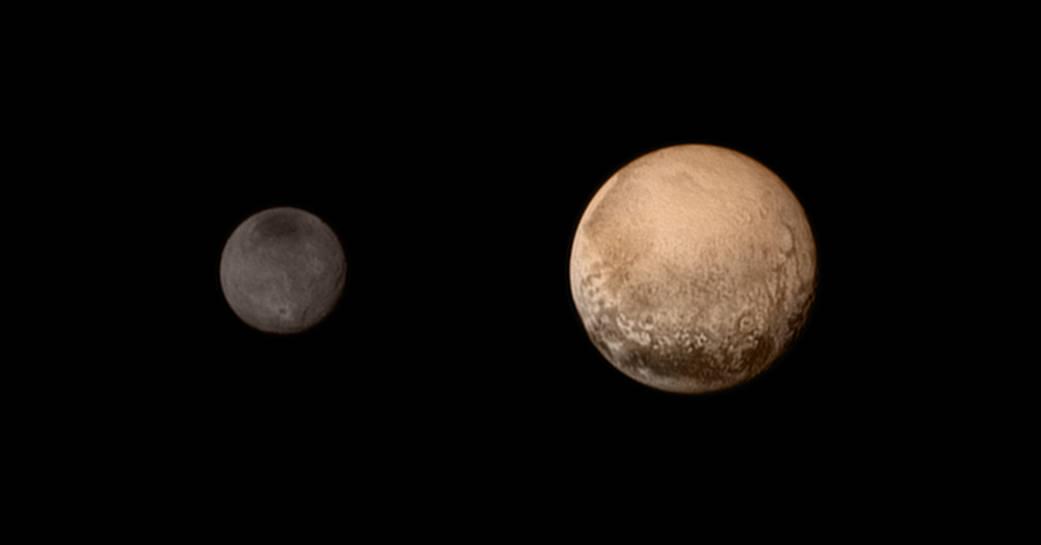Well, according to some scientists, that cold snap may make a comeback in as little as 15 years.
They claim they now better understand solar cycles and can make more accurate forecasts.
These scientists are expecting a decrease is solar flares by 60 percent around 2030. This, they add, will trigger a much colder period that could last for a decade. The last time this happened was between 1645 to 1715.
With this better understanding of solar activity, the scientists say their "test forecasts" had a 97% accuracy.
This is why they feel very confident in their projections. This could mean extremely cold winters around the globe, cold enough to freeze the River Thames in London just as it did in the 1600's.
Now lets switch from the sun to deep space.
On Tuesday July 14th, it will be the first time a spacecraft will fly by Pluto, the once last planet of our solar system. It was dropped from the planet list a few years back because of its small size.
Well this mission may have already proved the correct size. Experts now say Pluto is 1,473 miles in diameter, somewhat larger than many prior estimates. Long range images were used to determine the size. This data now proves that Pluto is larger than all other known solar system objects beyond the orbit of Neptune.
 Pluto also has several moons with the largest, "Charon", being around 751 miles across.
Pluto also has several moons with the largest, "Charon", being around 751 miles across.Two other moons are about the size of Denver, between 20-30 miles wide, while the last two are still too small to measure.
This image taken on July 12th shows Pluto on the right from a distance of 1.6 million miles.
On Tuesday the probe should be even closer and the images more spectacular.
Meanwhile on the left is Charon. It has a newly-discovered system of chasms, larger than the Grand Canyon on Earth. In this image, the dark north polar region is displaying new and intriguing patterns.
Will the new larger Pluto make a comeback as a full fledged planet? Only time will tell.
Check out NASA's Pluto page for more: http://pluto.jhuapl.edu/
No comments:
Post a Comment